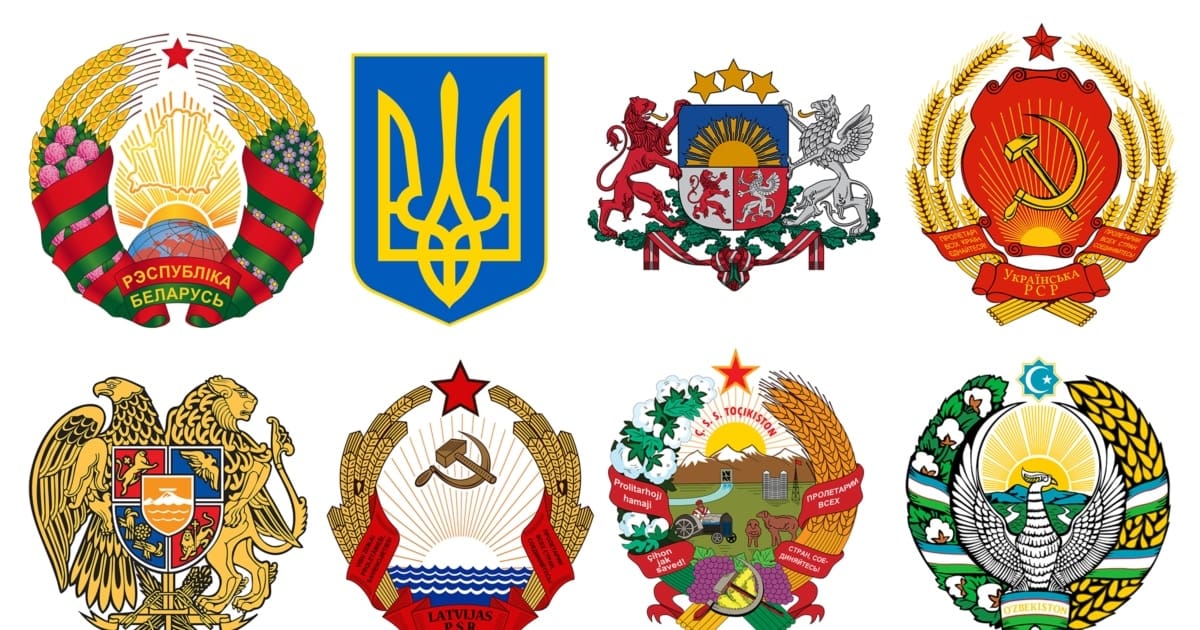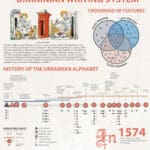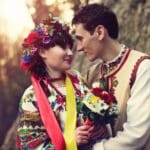The RFE/RL photo gallery, “Status Symbol: National Emblems Of The Former Soviet Union, Then And Now,” curated by Amos Chapple, presents a striking visual comparison of national emblems from the Soviet era to the present. Under Soviet rule, each republic was required to include standard communist symbols like the hammer and sickle, red star, wheat sheaves, and the motto “Workers of the world, unite!” These emblems fostered a shared Soviet identity while suppressing local cultures. Since independence, however, former republics have adopted new designs that reflect their individual histories, traditions, and national pride. For example, Ukraine replaced Soviet wheat motifs with the ancient Tryzub, Armenia adopted symbols of royal dynasties, and Uzbekistan chose the Simurgh bird, representing purity and protection.
Some nations retained echoes of their Soviet past—most notably Belarus, which still uses a red star and a modified version of its USSR-era emblem. Others, like Latvia and Tajikistan, opted for symbolism tied to geography, myth, and cultural heritage. These emblem redesigns mark more than just cosmetic changes; they signify each country’s reassertion of sovereignty and cultural identity following decades of ideological conformity. The gallery not only highlights visual transformations but also offers insight into how each nation has navigated its post-Soviet rebirth through symbolic reinvention.






